Review: HGLRC MT & MT Mini VTX
HGLRC Forward MT & MT Mini are the newest FPV video transmitters from the HGLRC company. I had an opportunity to get my hands on these two products.
HGLRC MT VTX Mini
Specifications
Input voltage: DC 5V
5V/PIT@70mA
5V/25mW@230mA/14dBm
5V/100mW@280mA/20dBm
5V/200mW@330mA/23dBm
5V/400mW@400mA/26dBm
5V/600mW@600mA/29dBm
Antenna interface: IPEX
Output power:PIT / 25mW/100mW/200mW/ 400mW/600mW switchable
Built-in Microphone
Size: 25.6mm x 29.0mm x 6mm
Weight: 3.9g
HGLRC MT VTX
Specifications
Input voltage: DC 6-26V
Output voltage: 5V/2A
5V/PIT@70mA
5V/25mW@230mA/14dBm
5V/100mW@280mA/20dBm
5V/200mW@330mA/23dBm
5V/400mW@400mA/26dBm
5V/800mW@600mA/29dBm
Antenna interface: MMCX
Output power:PIT / 25mW/100mW/200mW/ 400mW/800mW switchable
Built-in Microphone
Size: 37mm x 36.5mm x 6mm
Weight: 6.7g
Both, the HGLRC MT and HGLRC MT Mini VTX packages contains the VTX, linear antenna, RP-SMA pigtail, connector with silicone wires and instructions manual.
Top view of the HGLRC MT VTX & MT Mini VTX
Bottom view. You can instantly spot that both VTX have the same separate RF module (Forward VTX MT V1.0).
The weight of the bare HGLRC MT Mini is 4 grams.
Weight of the MT Mini VTX with the included linear antenna and connection wires is 5 grams.
The weight of the bare HGLRC MT VTX is 6.6 grams.
Weight of the MT Mini VTX with the included linear antenna and connection wires is 9 grams.
HGLRC MT Mini VTX Power output measurements
Power output tests were conducted on Raceband, CH5 (5805Mhz).
On 25mW setting RF power meter shows 26.8mW. Pretty much on spot.
On 100mW setting power meter shows 81.6 mW.
On 200mW setting power meter shows 148 mW.
On 400mW setting power meter shows 231 mW.
On 600mW setting power meter shows 309 mW. This is almost only the half of the nominal RF Output on 600mW.
Below are the RF power outputs and electrical current consumption for all power levels. Measured at Raceband, CH5.
Below is the power output vs frequency for 25mW power level on Raceband.
Power output vs frequency for 100mW power level on Raceband.
Power output vs frequency for 200mW power level on Raceband.
Power output vs frequency for 400mW power level on Raceband.
Power output vs frequency for 600mW power level on Raceband.
HGLRC MT VTX Power output measurements
On 25mW setting RF power meter shows 34.6 mW. 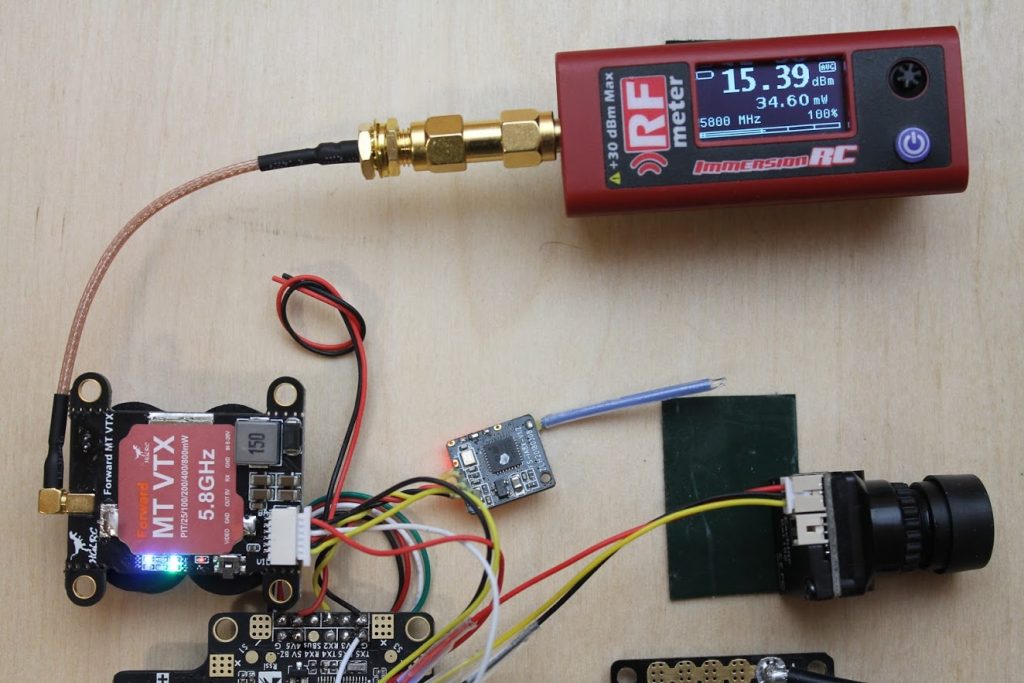
On 100mW setting RF power meter shows 108.5 mW. Pretty accurate.
On 200mW setting RF power meter shows 202 mW. Very good result, almost on spot.
On 400mW setting RF power meter shows 335 mW.
On 800mW setting RF power meter shows 515 mW.
Below are the RF power outputs and electrical current consumption for all power levels. Measured at Raceband, CH5.
Power output vs frequency for 25mW power level on Raceband.
Power output vs frequency for 100mW power level on Raceband.
Power output vs frequency for 200mW power level on Raceband.
Power output vs frequency for 400mW power level on Raceband.
Power output vs frequency for 800mW power level on Raceband.
As you can see there are significant deviations between the nominal power and measured power output across the whole Raceband. These deviations are common thing in almost all the video transmitters. You should have this in mind when selecting the channel/band for FPV feed – it outputs more power on the lower frequencies and less power on the higher frequencies.
Betaflight OSD control – IRC Tramp feature
HGLRC MT & MT Mini VTX can be controlled by Betafligth OSD. This type of the settings control should be preferred to the button control. It is really hard to count the flashing LED’s and the setting up by button is troublesome.
To setup the IRC Trump control you need to connect green wire from the HGLRC MT & MT Mini VTX to any free flight controller TX pad. Then go to Ports tab in the Betaflight Configurator and select the “IRC Tramp” option in the Peripherals column.
Betaflight VTX Tables
If you are using (or planing to use) the Betaflight versions 4.x then you should set up the VTX Tables. More about the VTX tables is in this guide: VTX Tables and how to set them up
Open Betaflight Configurator, connect to the flight controller, select “Video Transmitter” tab. Load the VTX table from the file by clicking on the “Load from file”.
Select the VTX table file. If there are separate VTX table files for US and/or EU region then you should select the right file for your region. If there is only one file then it is most likely is so called “global” and has all the channels enabled. Use on your own responsibility. (Hint: European table has only the 3 channels on Raceband).
HGLRC MT Mini VTX Table: https://drive.google.com/open?id=1YRUUzOqkCWLEV-auQM6LdJC1NBaMAmnJ
HGLRC MT VTX Table: https://drive.google.com/open?id=1RroPf7fZycV-9bTTjCThdavVJOBwifzd
After you will load the file, you should see the VTX table configuration on the screen. Don’t forget to click the “Save“.
If everything is set up correctly, then you should see the VTX settings information on the right panel.
A note on the HGLRC MT VTX table: somehow I was able to set the highest VTX power level only by setting the value “600” instead of the “800” for 800mW. This is probably the small bug in the VTX software, but can be easily fixed by using the correct VTX table.
Available @
HGLRC
MT Mini VTX: https://www.hglrc.com/collections/new-arrivals/products/hglrc-forward-mt-vtx-800mw-30-5×30-5-for-fpv-racing-drone
Banggood
PROS
- RF shield and heat sink (arguable)
- IRC Tramp control
- Wide range of power levels Pit/25/100/200/400/600(800) mW
- Stable RF power output
- Does not overheat
- On board microphone
CONS
- MT Mini VTX has low RF power on 400mW and 600mW
- MT VTX has incorrect power settings in the firmware
- MT Mini has only 5V power supply option
CONCLUSION
HGLRC Forward MT and MT Mini video transmitters have almost everything you need from VTX – wide range of power levels, stable RF power, effective thermal control, microphone on board and are stackable on the flight stack. They have low profile even including the heat sink. Engineers have made really good job designing these two new products.
However as nobody is perfect these VTX are no exception. HGLRC MT Mini, the smaller one, has struggled to provide the nominal RF power on the 400mW and 600mW settings, while the bigger brother, HGLRC MT VTX showed pretty decent results. My guess is the metal plate (so called “heat sink”) on the top of the VTX board is not working effective enough. Probably HGLRC could add thermal paste between the RF amplifier chip and heat sink plate, to increase the heat dissipation. HGLRC MT, has bigger mass and has no problem with the heat. I should note that both video transmitters worked stable and didn’t overheat even without active cooling on the bench. Also RF power output remained stable and has dropped only the little.
HGLRC MT VTX has small bug in the firmware and you need to set the value “600” in order to set the 800mW power level in the VTX table. This is no big deal, you just have to know this, or you can get nuts trying to set power level in this VTX. Use the VTX tables provided in this article.
Disclaimer: This item was supplied by HGLRC for a fair and unbiased review. HGLRC never asked for a positive review and never influenced my opinion in any way. I’m trying my best to stay uninfluenced and give only my own opinion. All affiliate links if there are any help me purchase items for future reviews and tests.
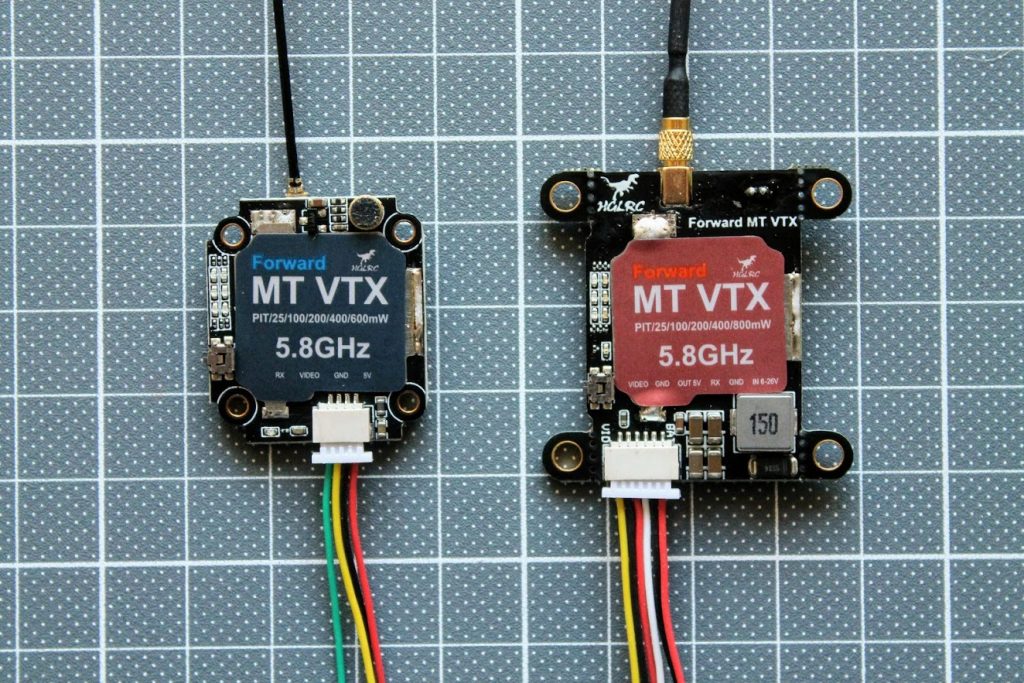
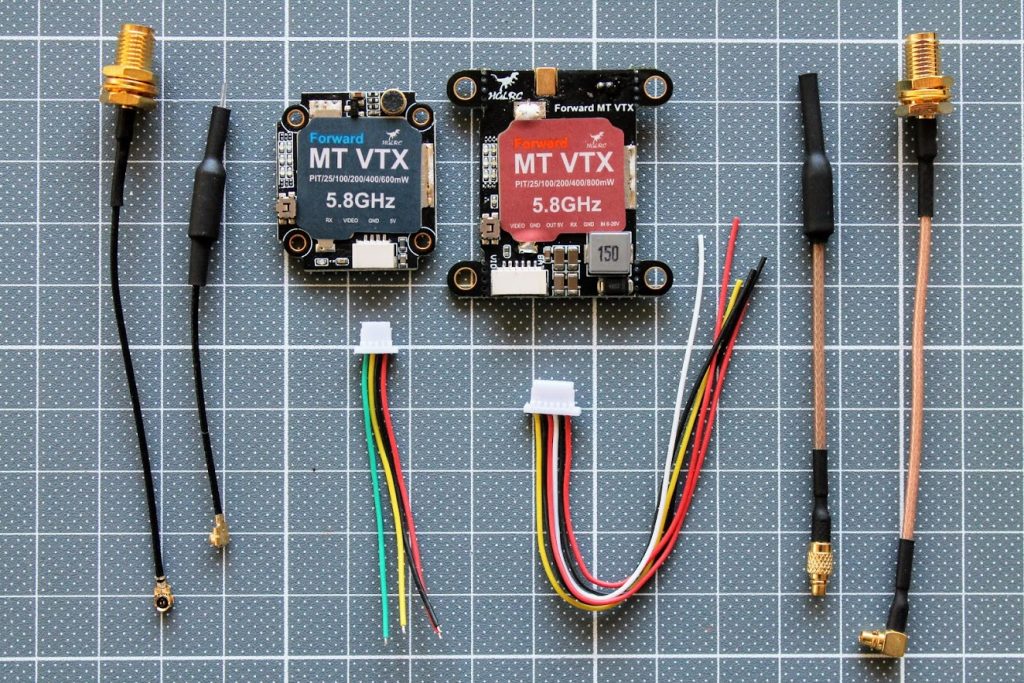
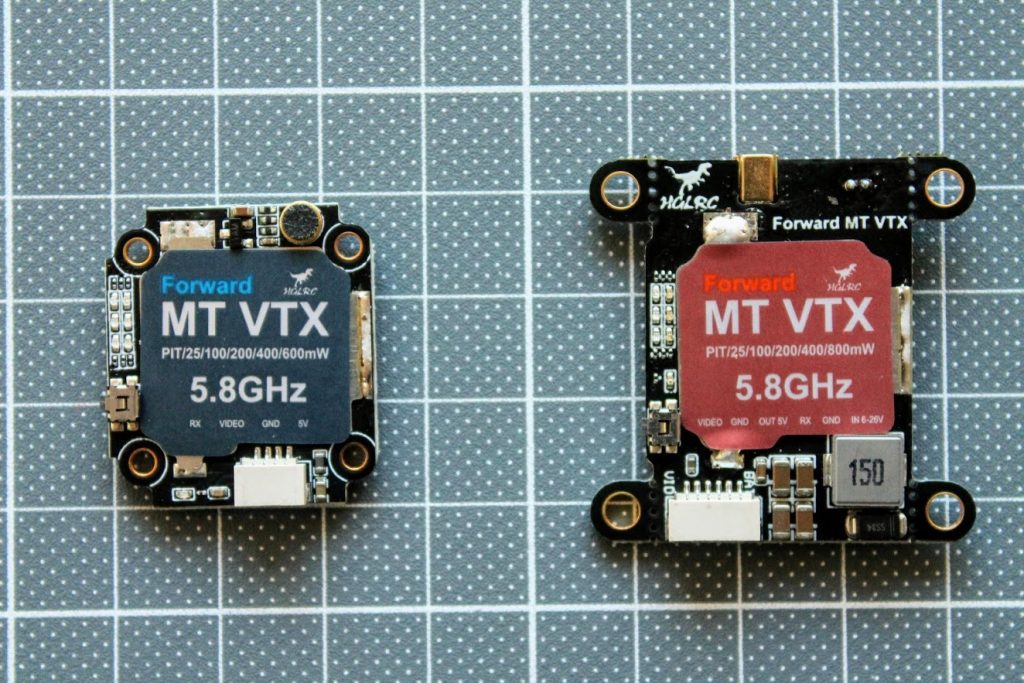
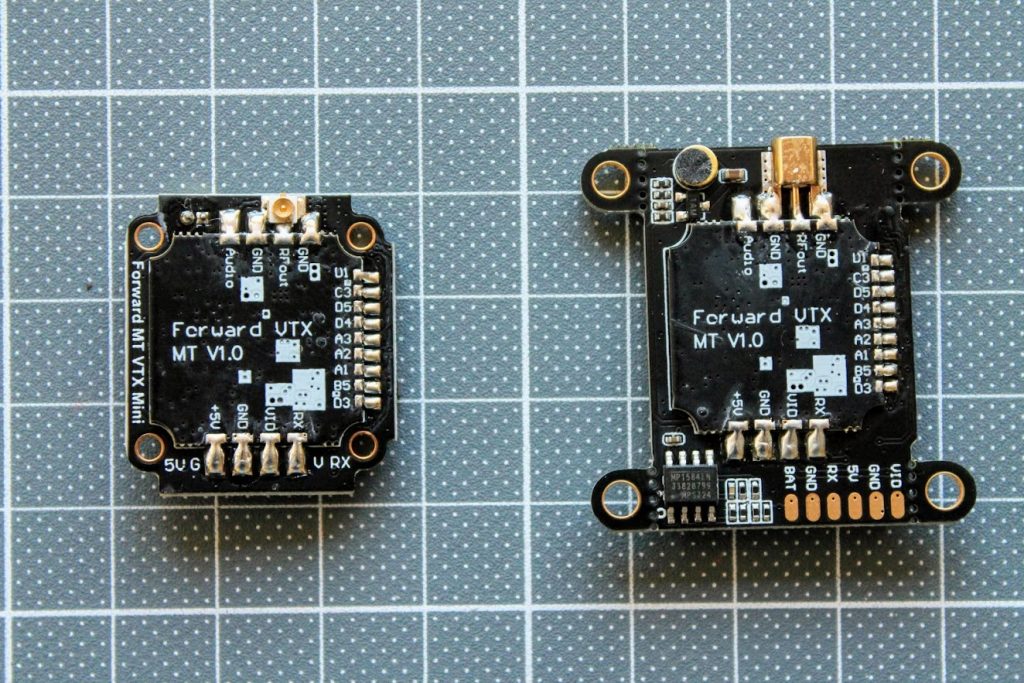
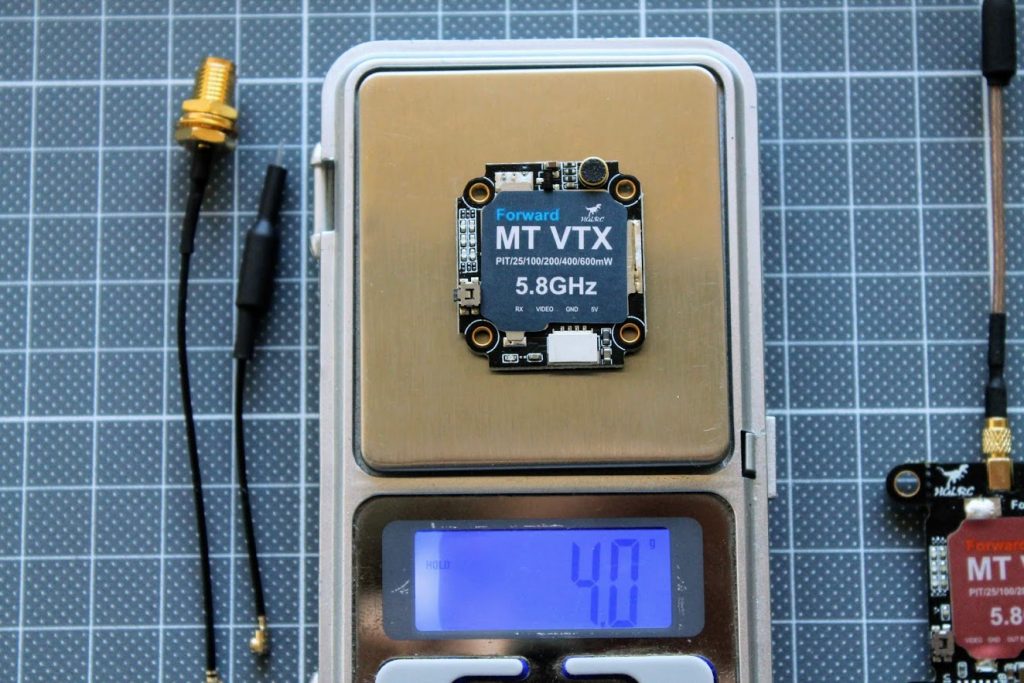
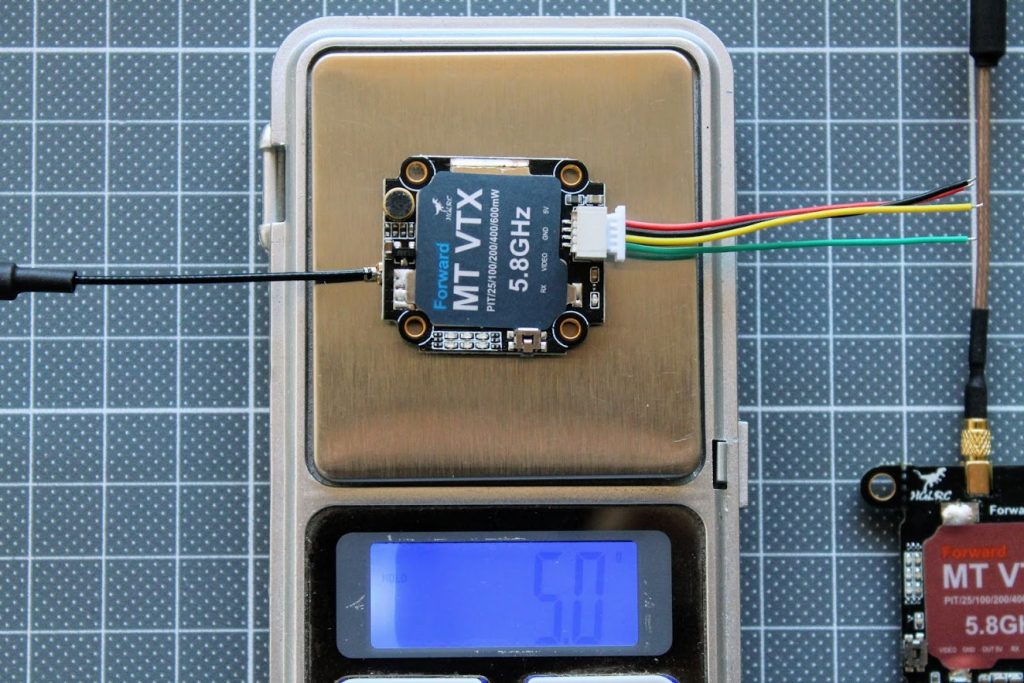
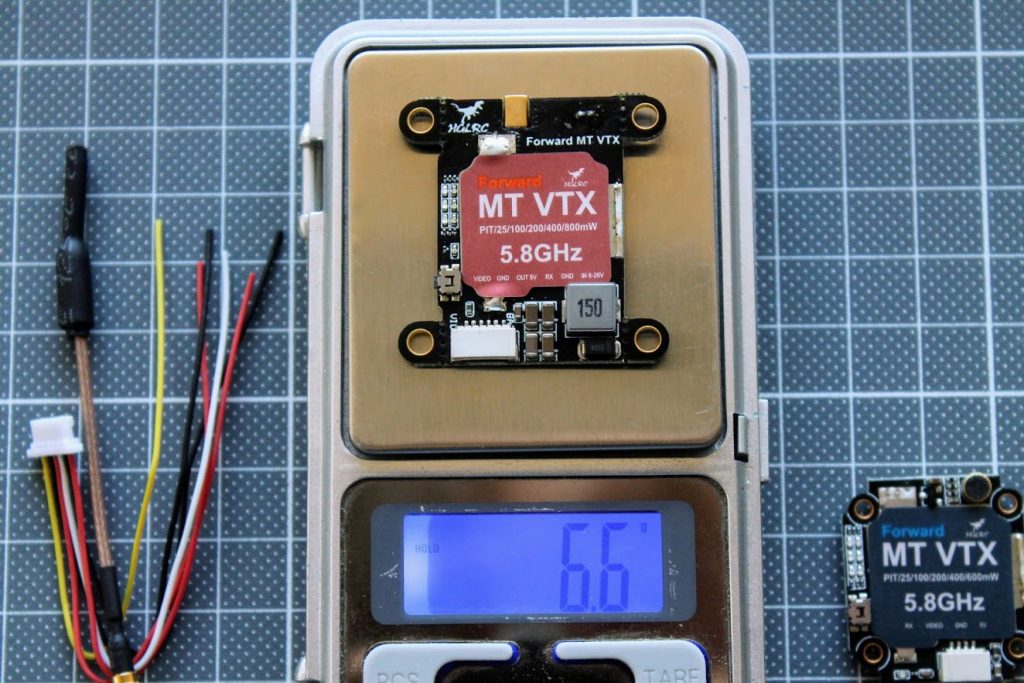
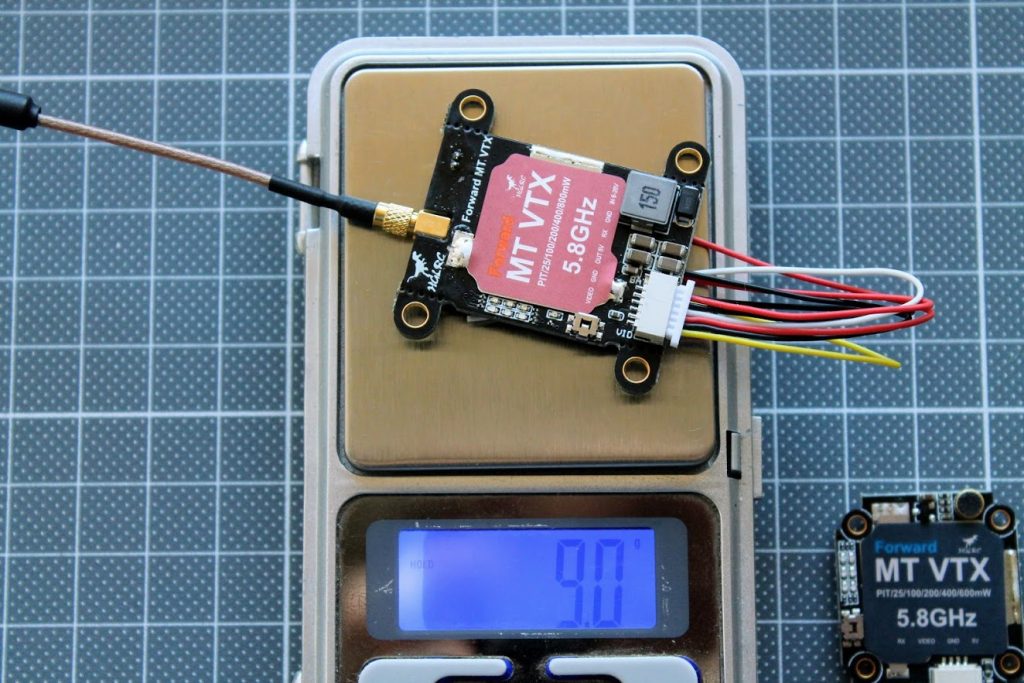
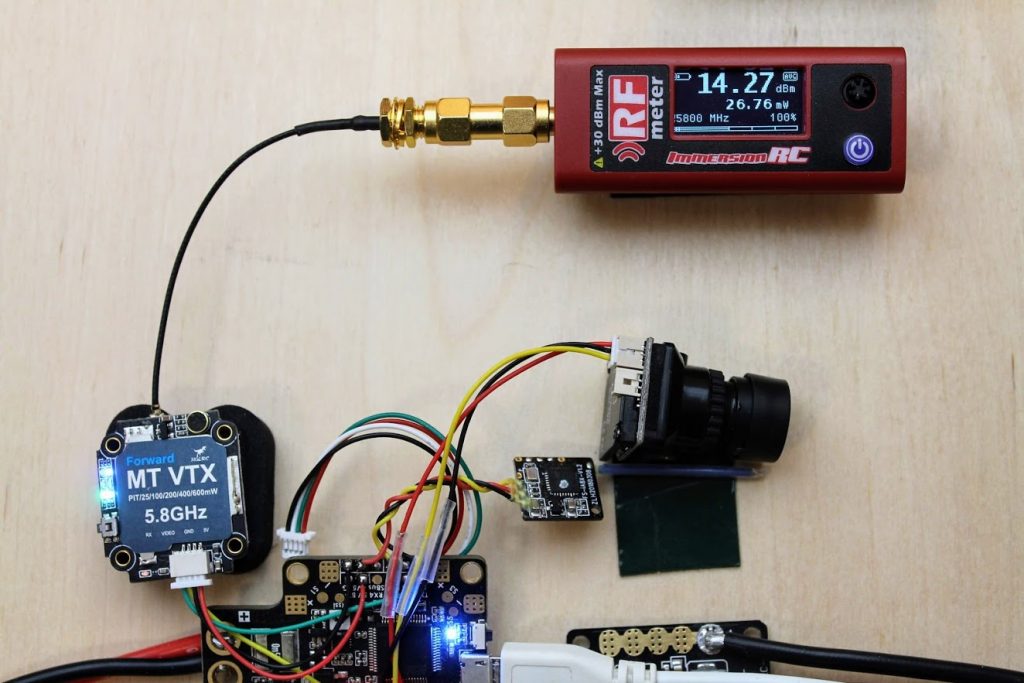
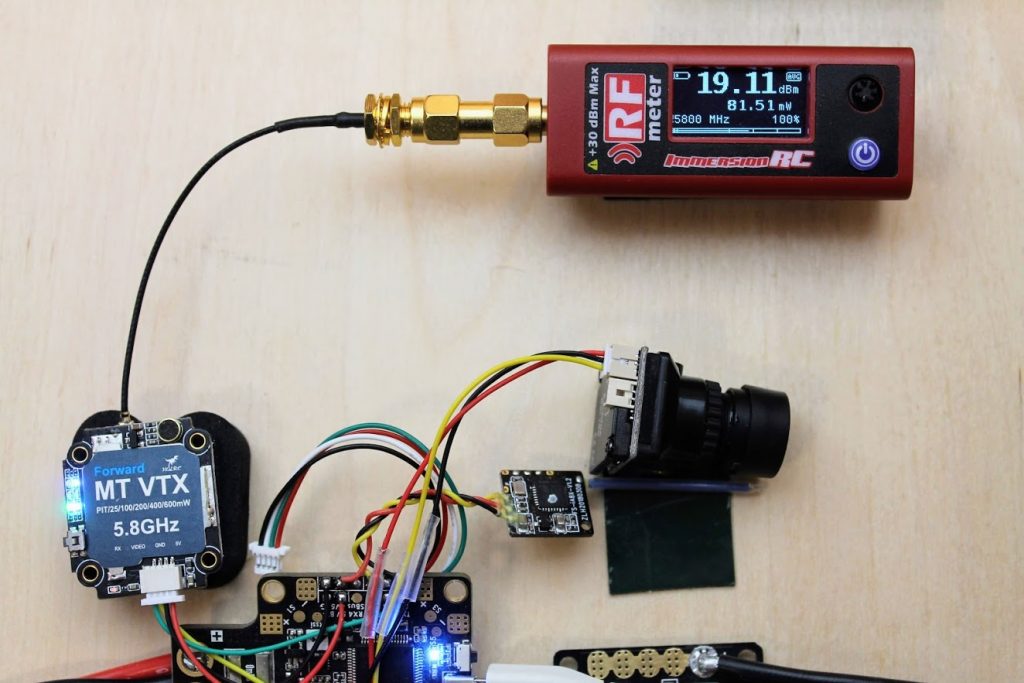
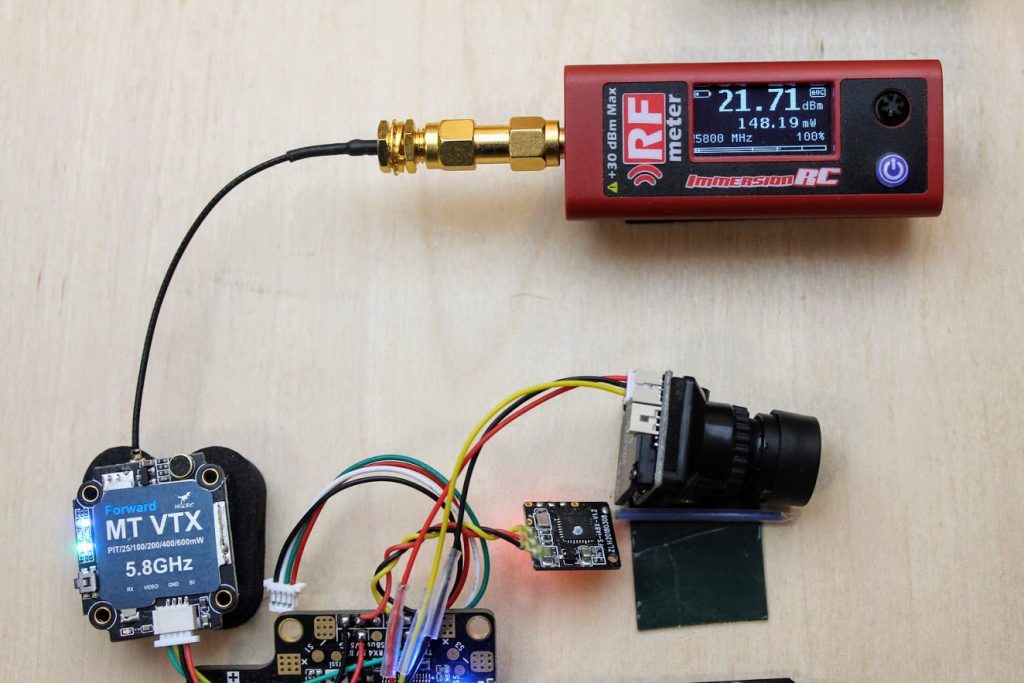
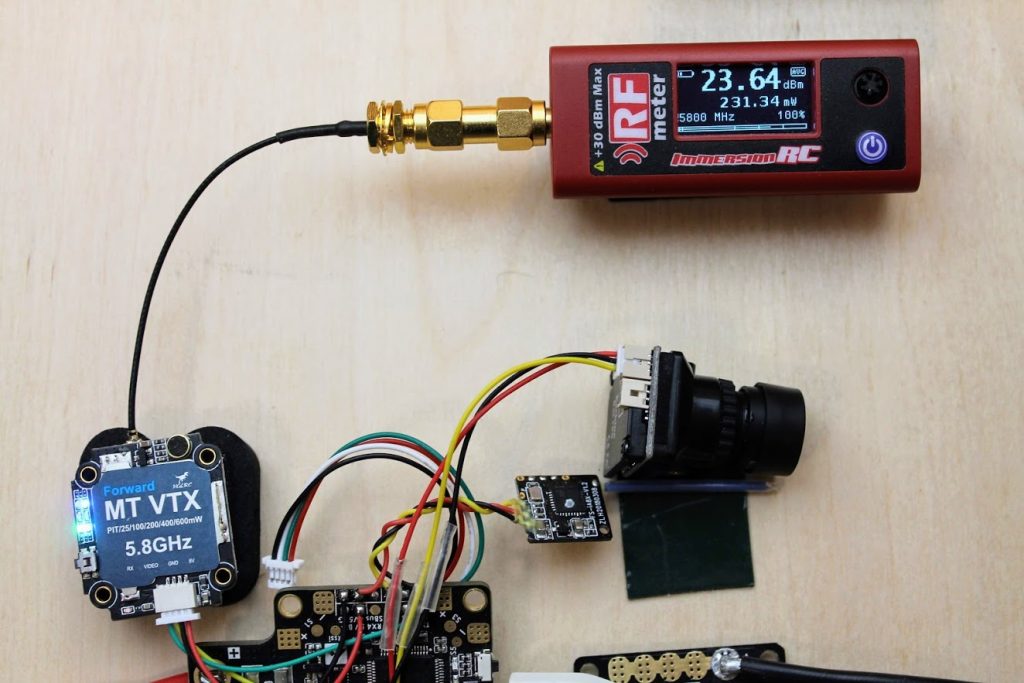
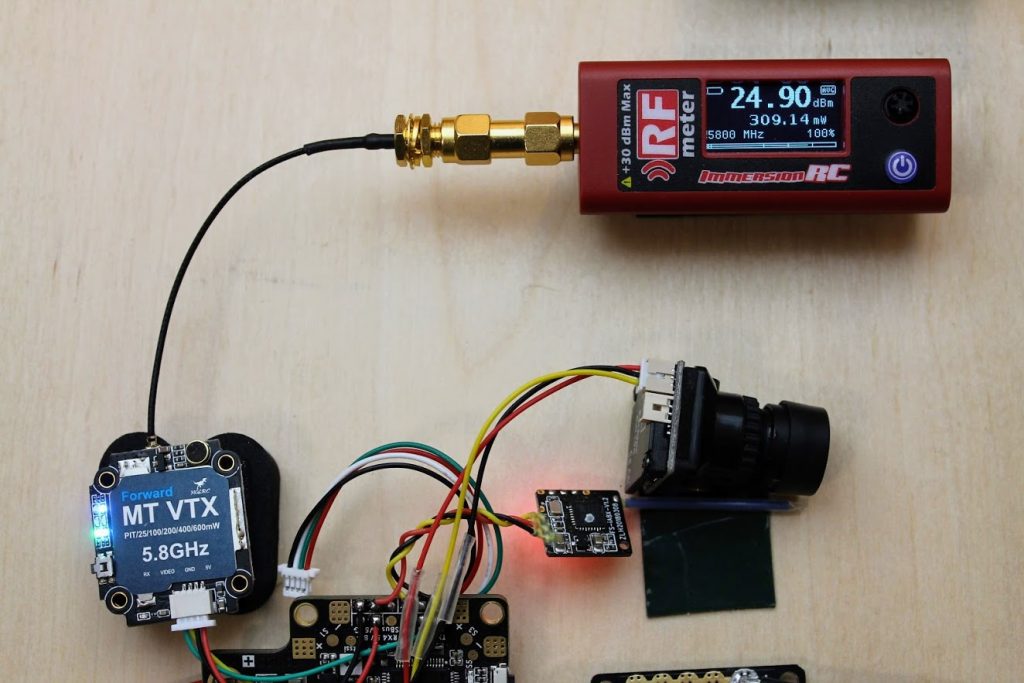
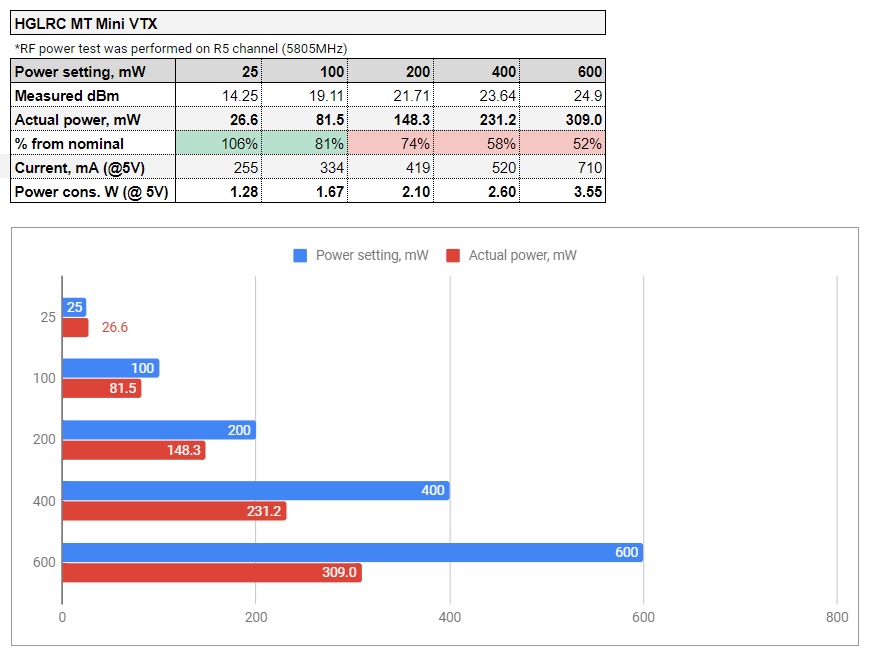
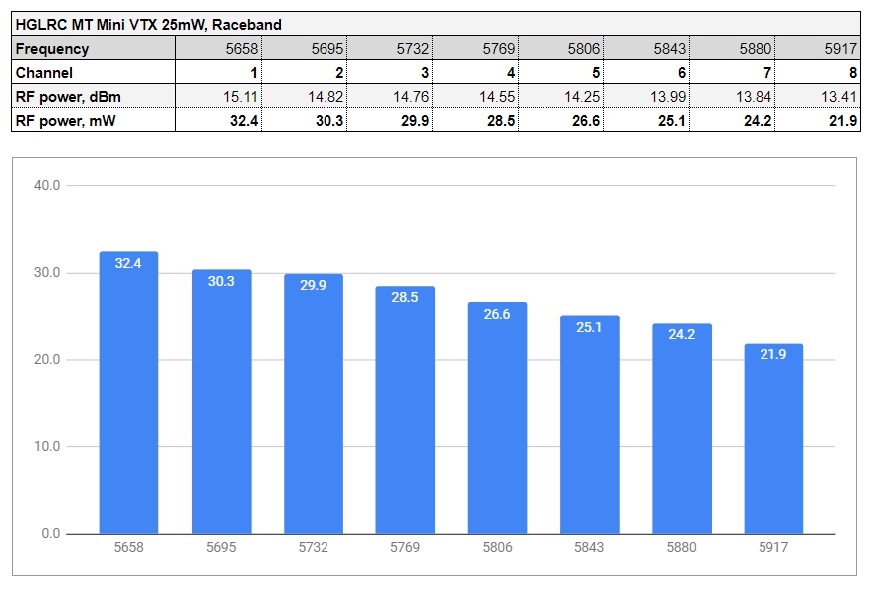
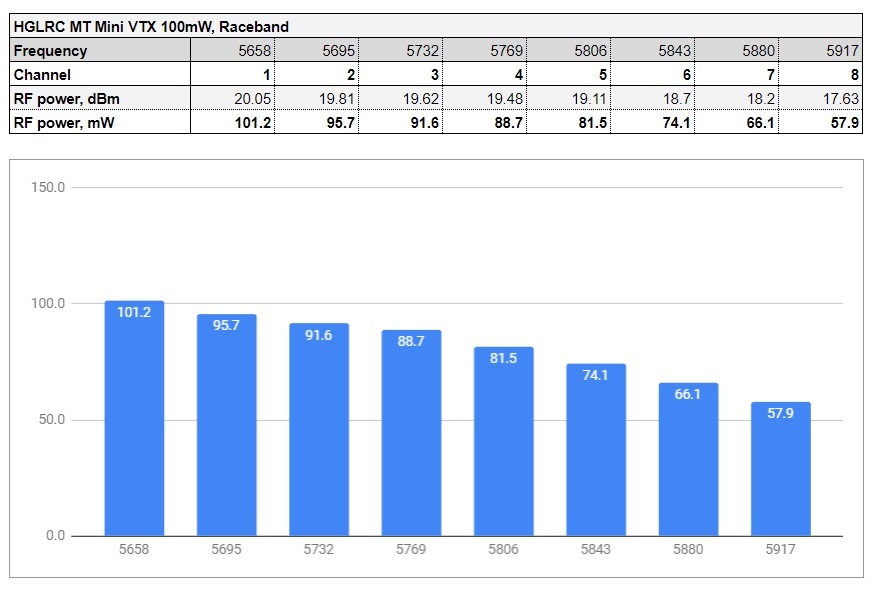
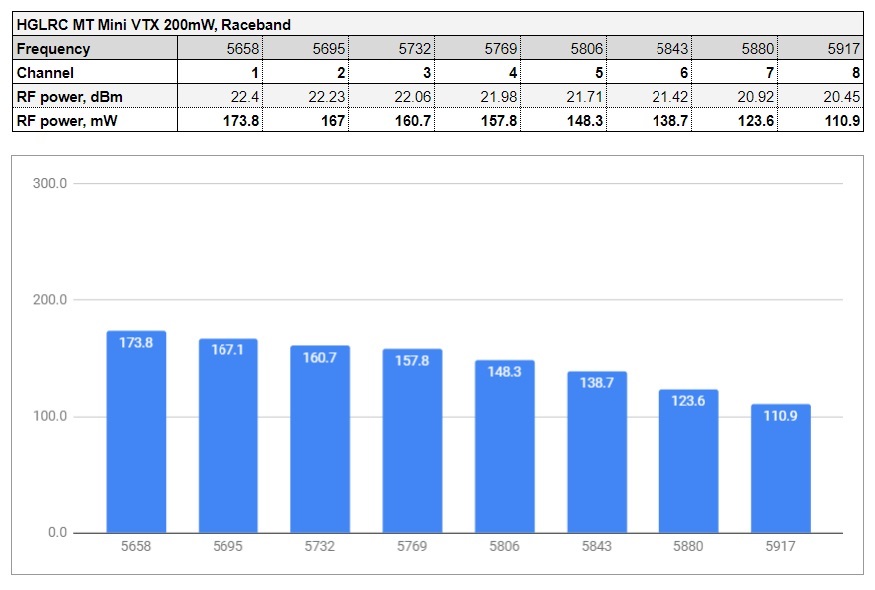
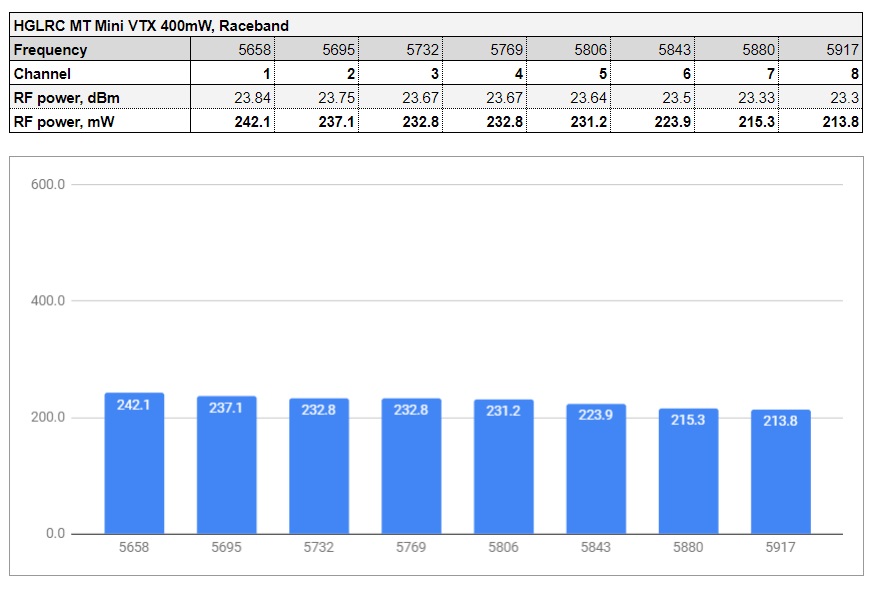
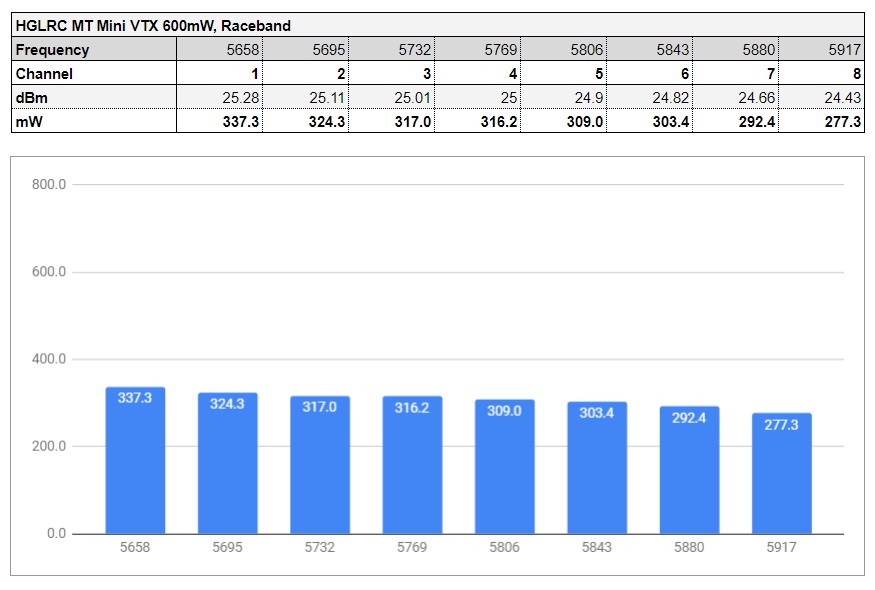
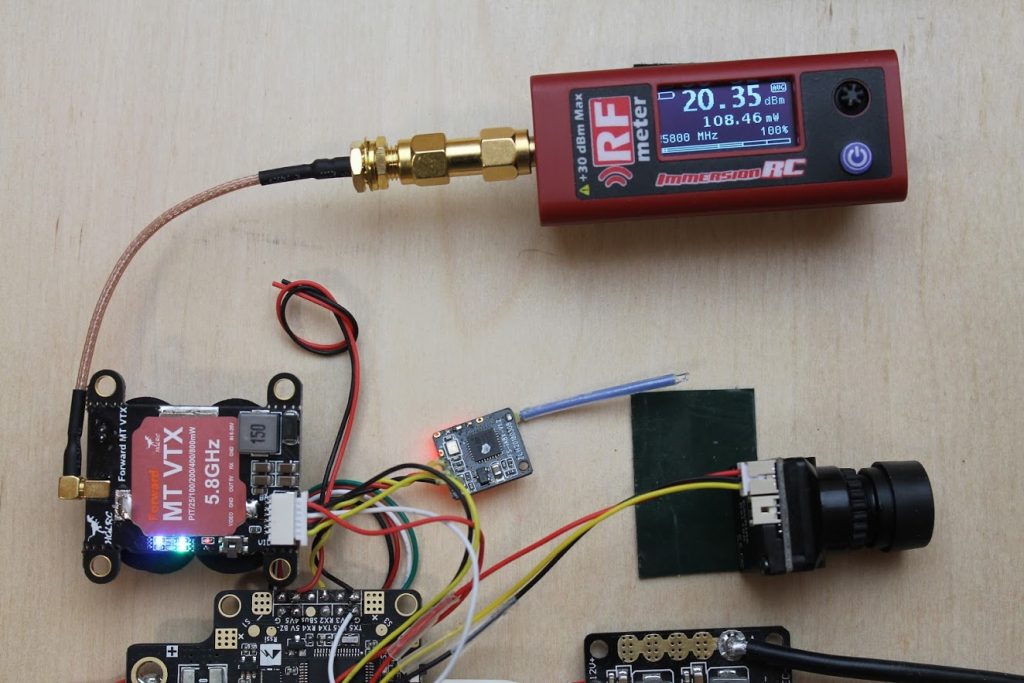
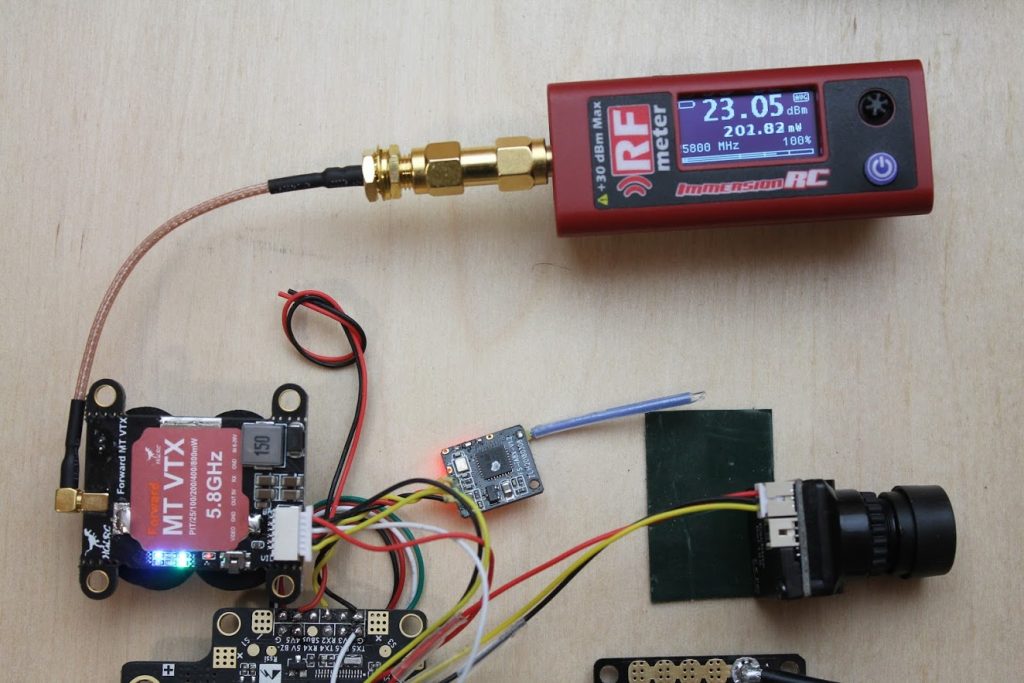
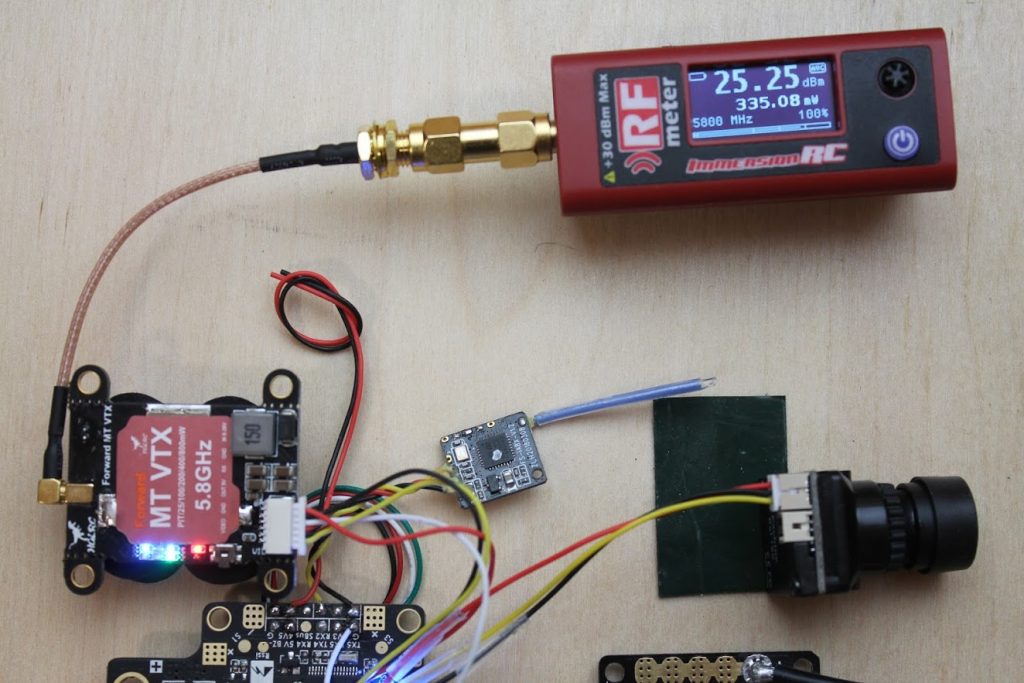
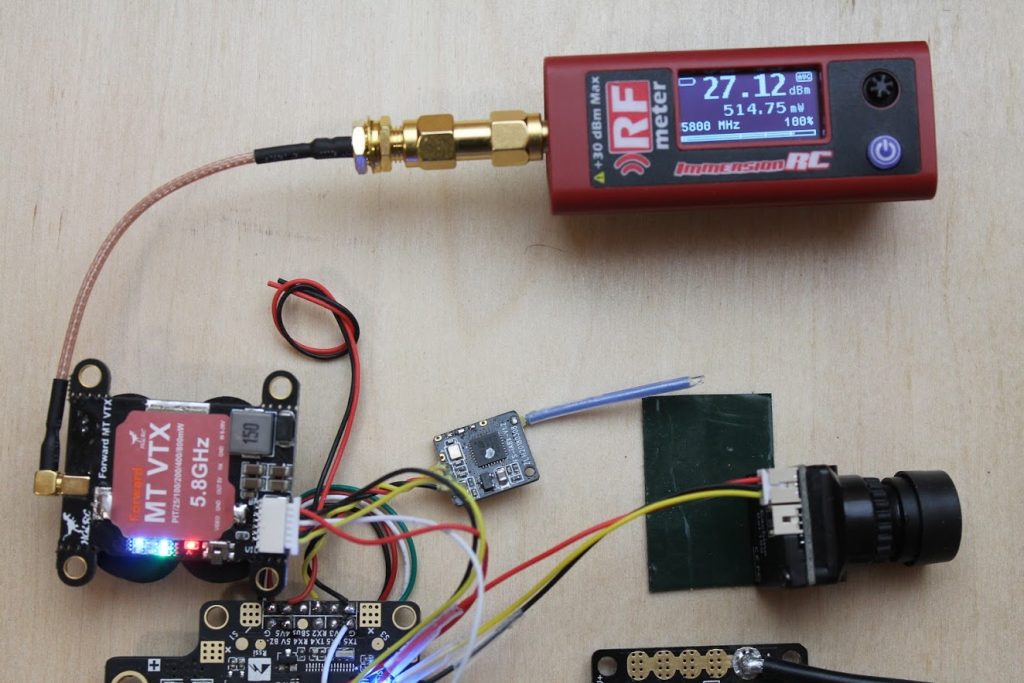
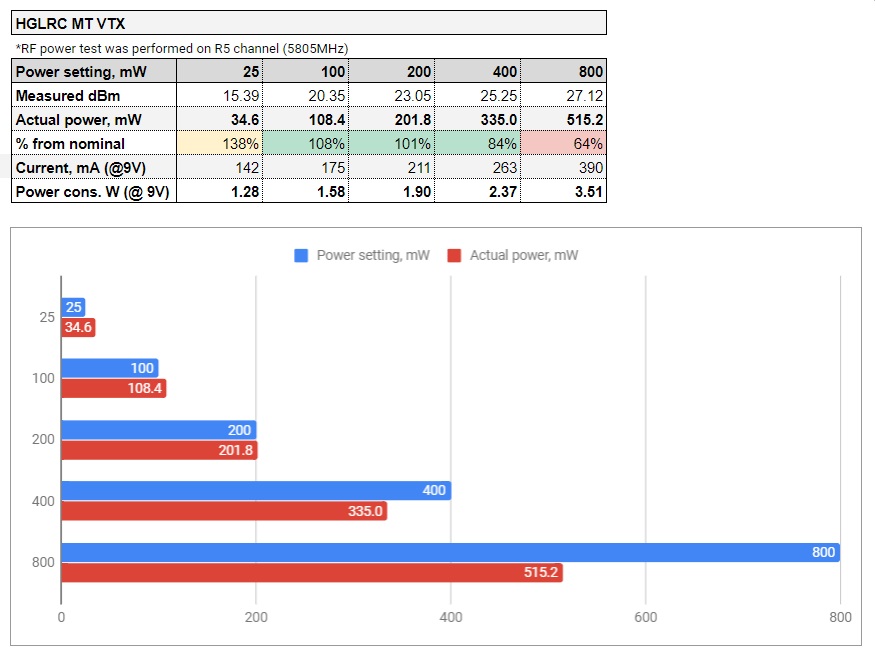
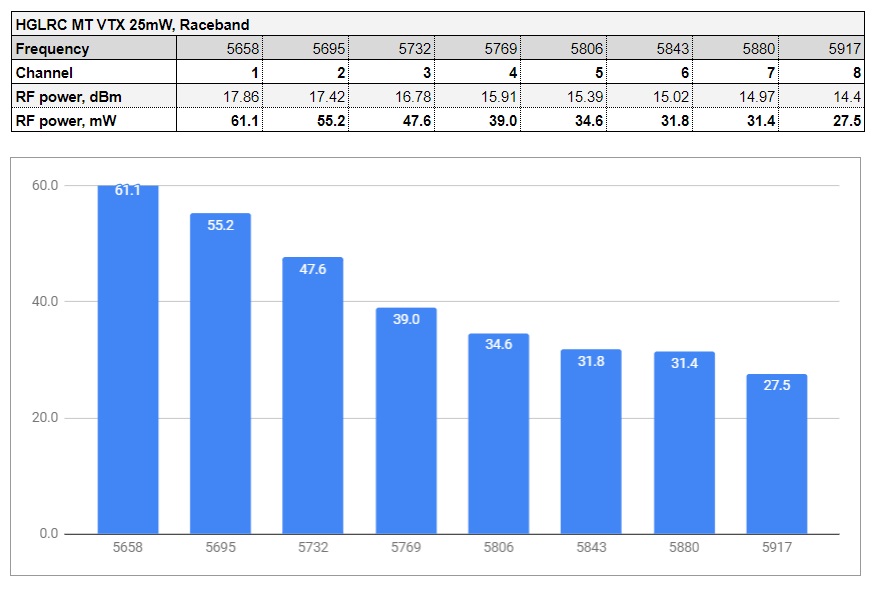
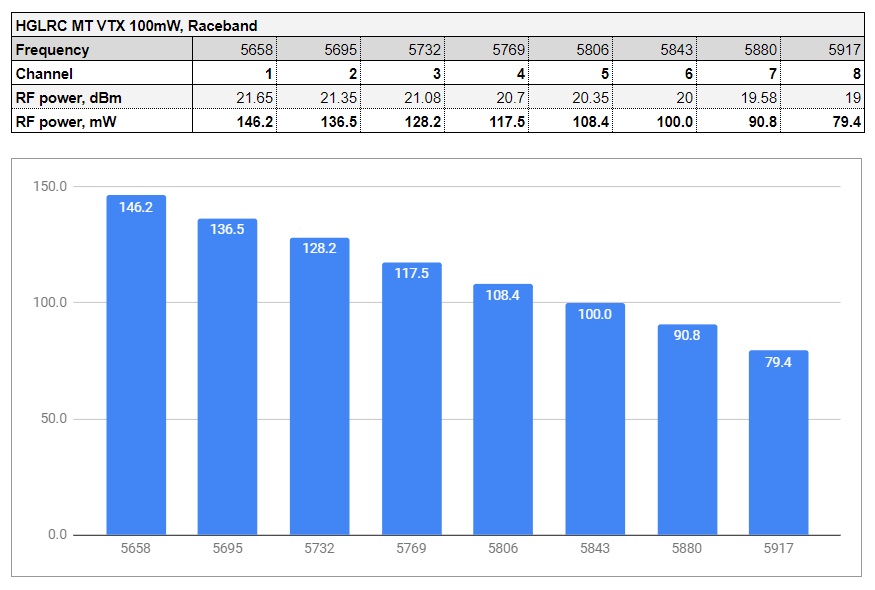
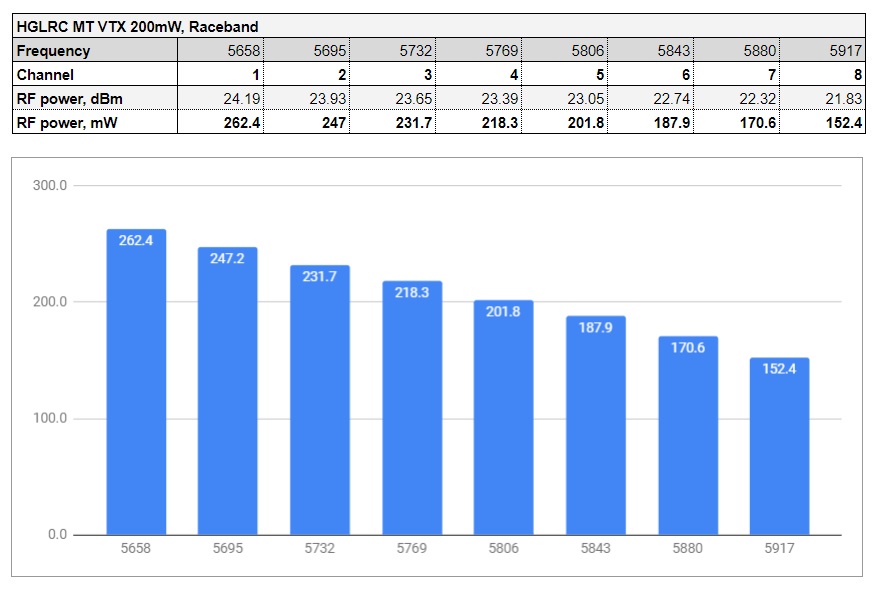
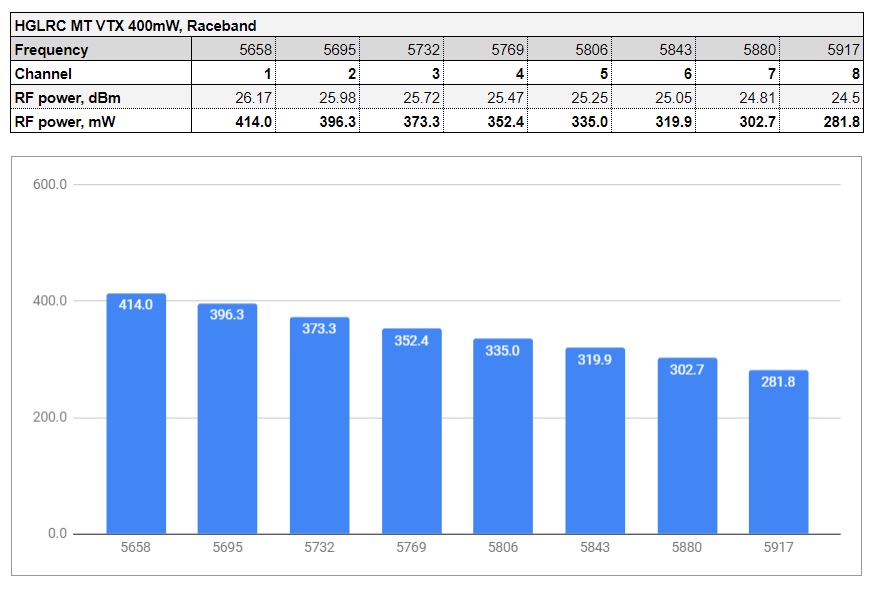
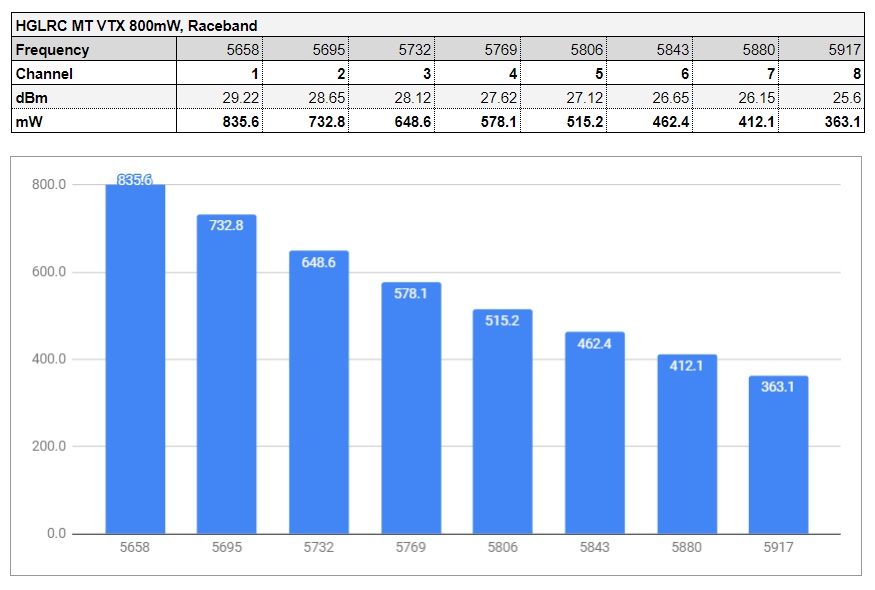
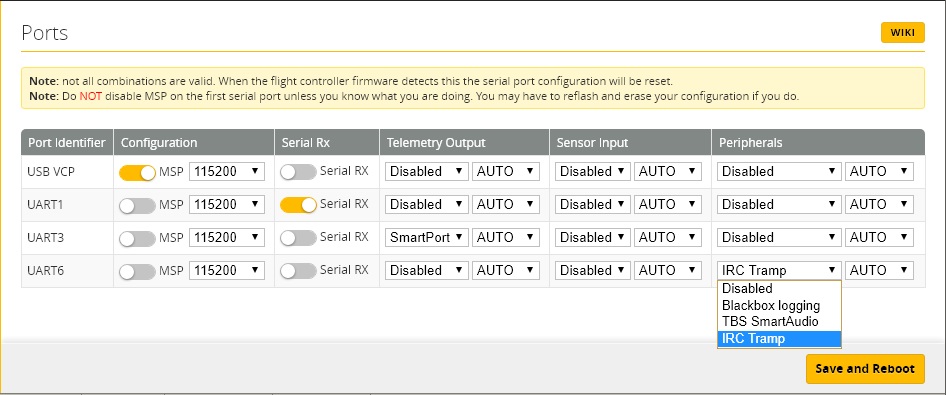
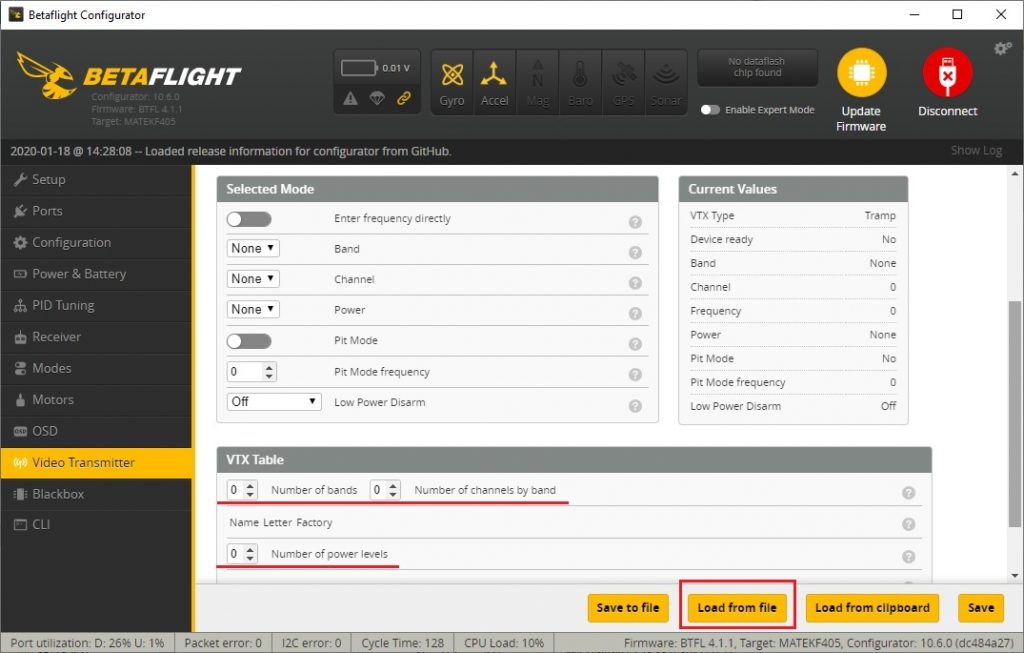
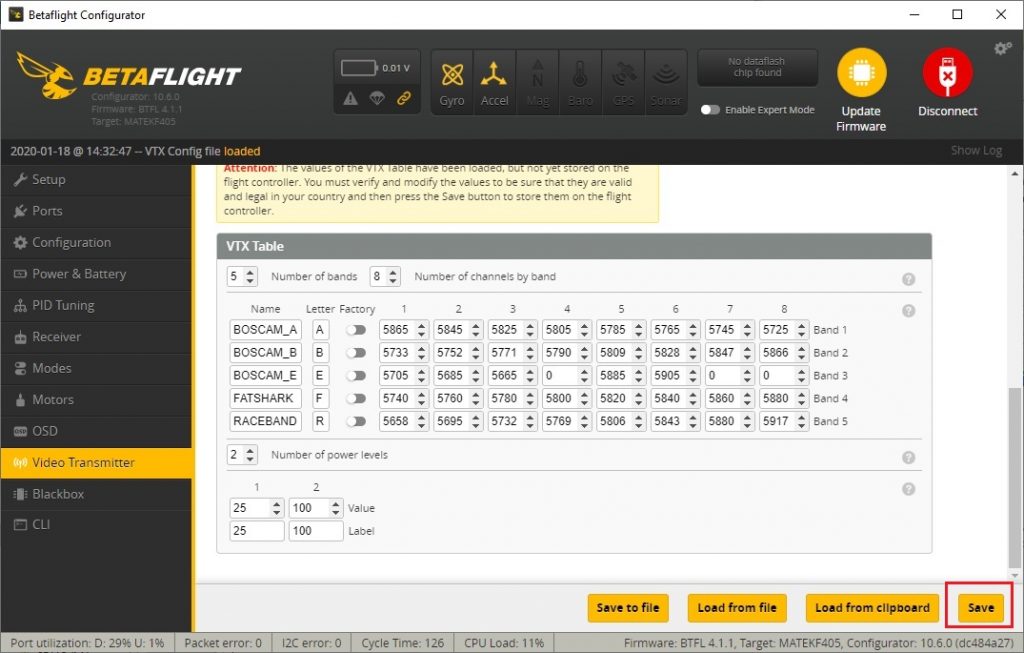
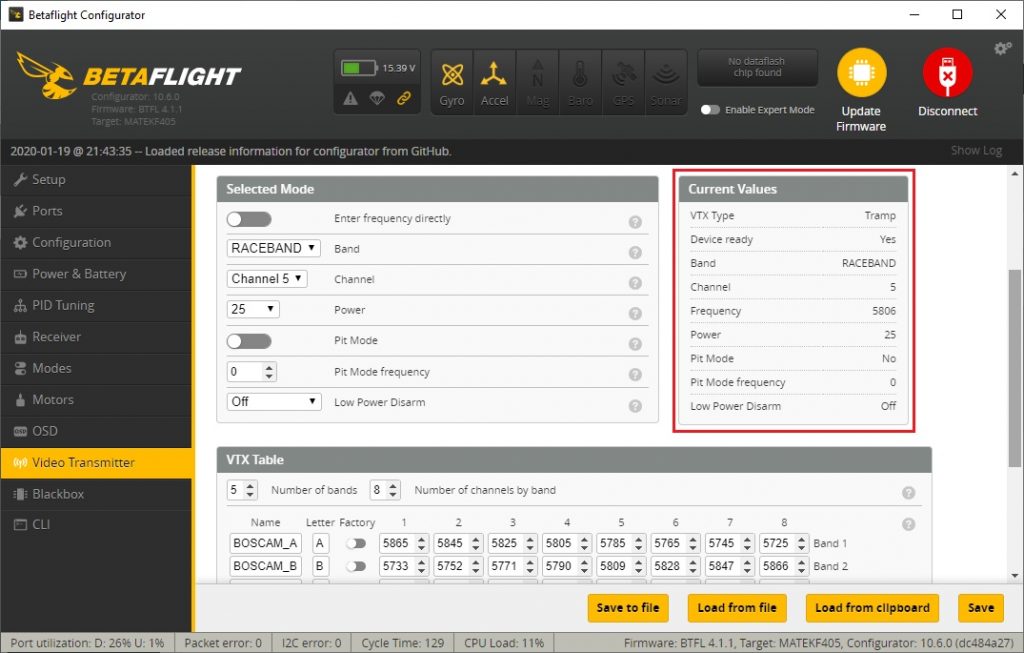
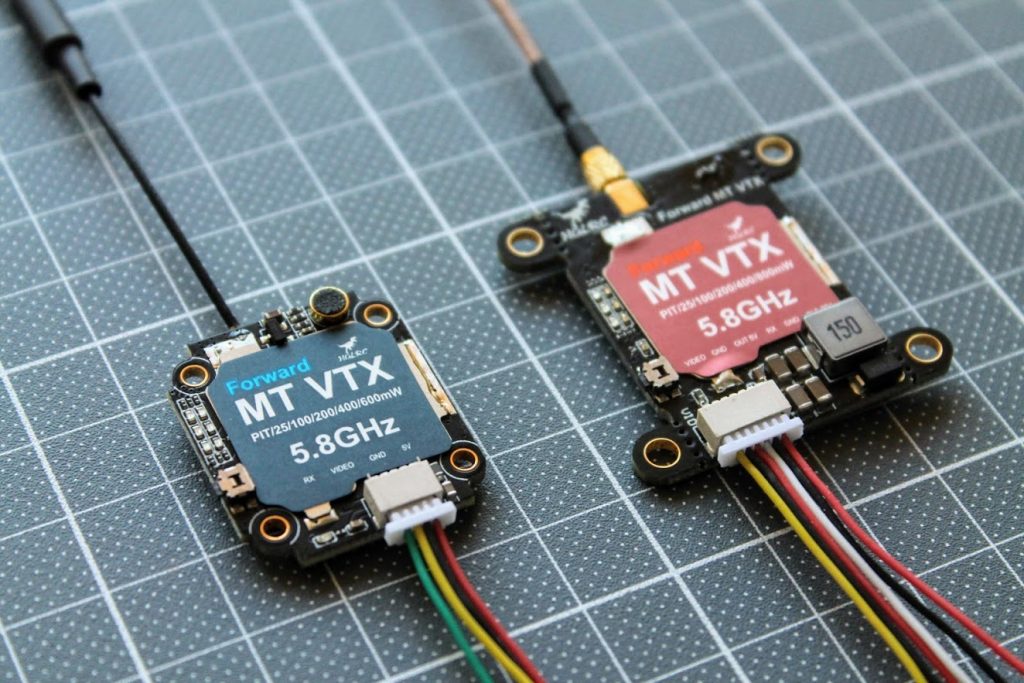


Bahahahahaha that 600mw -> 800mw trick was messing with a customer of mine for weeks, and I can’t believe it was such a simple fix. Thank you for posting that, it saved me a lot of trouble.
You are welcome!